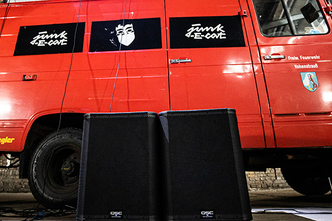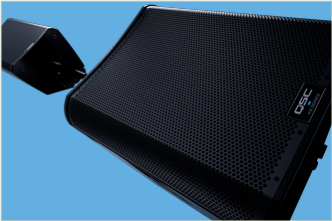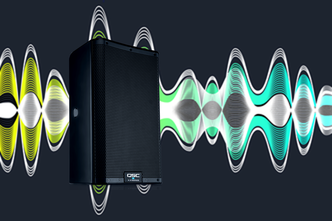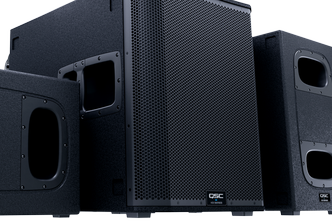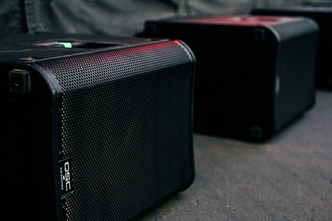
What is the difference between a mix that sounds muddy and undefined and another that sounds crystal clear with definition and intelligibility? The difference is in the EQ. While often misunderstood, equalizers are the bread and butter of good sound reinforcement. Knowing the basics of EQing is one of the most critical aspects of running … Read More
